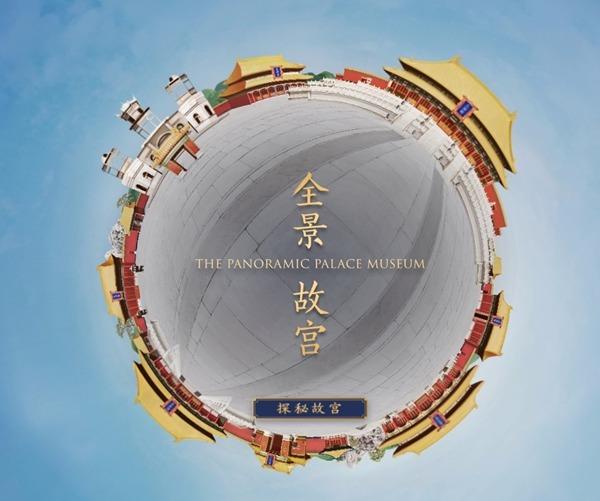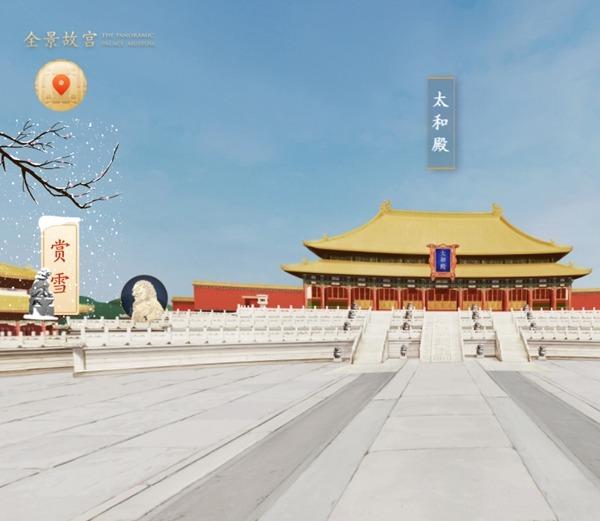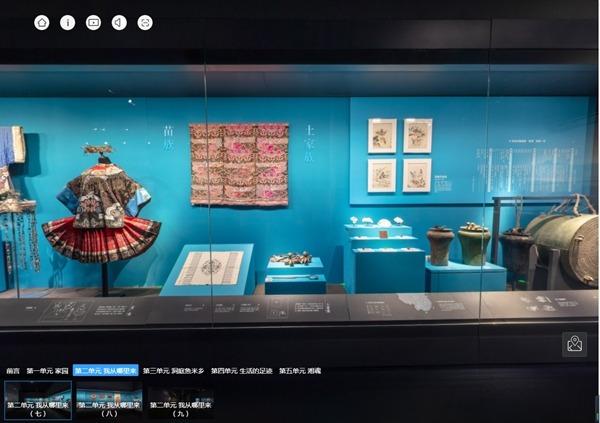 A screenshot from the Palace Museum's online tour project, Panoramic Palace Museum. (PHOTO PROVIDED TO CHINA DAILY)
A screenshot from the Palace Museum's online tour project, Panoramic Palace Museum. (PHOTO PROVIDED TO CHINA DAILY)
In recent years, visiting museums has become a new way to celebrate Spring Festival for many Chinese people, thanks to the popularity of variety shows on cultural relics, as well as information on exhibitions and souvenirs that have become popular through discussions on social media.
During last year's weeklong Spring Festival, about 40 percent of tourists went to museums, according to a data analysis by an affiliate of the Ministry of Culture and Tourism
During last year's weeklong Spring Festival, about 40 percent of tourists went to museums, according to a data analysis by an affiliate of the Ministry of Culture and Tourism. The percentage is not surprising considering other statistics, for example, from the National Cultural Heritage Administration, which suggests museums in China drew more than 1.1 billion visits last year.
However, the scenario is set to pause for the prolonged Spring Festival holiday due to the coronavirus outbreak. Since Jan 22, when efforts to fight the epidemic increased, museums nationwide started to announce temporary closure to control the spread of the virus among people.
In Wuhan, the capital city of Hubei province, the epicenter of the outbreak, the Hubei Provincial Museum, known for its collection of the globally famed 2,400-year-old bronze chime bells of Marquis Yi of the Zeng State, will remain closed at least through Saturday, the date for this year's Lantern Festival, according to an official announcement.
In Beijing, the Palace Museum and the National Museum of China, with the biggest collections of cultural relics in the country, announced they will remain closed until further notice. The Capital Museum had earlier planned to take measures such as setting daily caps on visitor numbers and cutting educational and celebratory events, but it has also announced its closure for now.
 A virtual reality view of the Hall of Supreme Harmony, part of the Palace Museum's online tour project. (PHOTO PROVIDED TO CHINA DAILY)
A virtual reality view of the Hall of Supreme Harmony, part of the Palace Museum's online tour project. (PHOTO PROVIDED TO CHINA DAILY)
"We had already prepared many activities for you during Spring Festival. However, in our point of view, it is vital to control the virus and ensure your safety," says a notice from the museum.
According to the demand by the National Cultural Heritage Administration, hygiene, public security and fire departments in museums across the country have to stay vigilant during the closure, and their social media accounts need to stay active to respond to questions from visitors.
However, this does not mean people are now thoroughly isolated from cultural treasures.
On Jan 27, the cultural administration held a special meeting to encourage museums to launch online exhibitions of their collections, making full use of the digitization projects of recent years.
"It will promote the combination of new technology and inheritance of our country's cultural heritage and gather resources of the museums through 'cloud' displays," a statement from the administration says.
Many museums followed suit as people continue their "visits" to these venues via virtual means.
The Palace Museum, for example, has adopted virtual reality technology to offer online tours. The project, named Panoramic Palace Museum, covers all major places of interest within the 720,000-square-meter compound. The Capital Museum, Suzhou Museum in Jiangsu province, Hunan Museum in Changsha, and many other such institutions have also "opened" their galleries digitally. In recent years, many museums have had digital exhibitions. As in the past, QR codes are provided on social media by the museums for people to easily access their collections online.
 A screenshot of part of the online gallery of the Hunan Museum featuring ethnic groups' tools and clothes. (PHOTO PROVIDED TO CHINA DAILY)
A screenshot of part of the online gallery of the Hunan Museum featuring ethnic groups' tools and clothes. (PHOTO PROVIDED TO CHINA DAILY)
ALSO READ: Tagore's poetry continues to be inspirational
The National Administration of Cultural Heritage has so far recommended around 50 such exhibitions through its official account on WeChat. Chinese culture enthusiasts who had earlier planned to physically visit museums during the vacation, but are staying indoors due to the epidemic, have welcomed the digital shows.
The cultural administration further announced on Saturday the opening of national databases of the country's cultural institutions, including even more information on registered cultural relics, "unmovable" cultural heritage sites (referring mainly to ancient architecture and historical monuments), digitized images of statues and frescoes, and more content for public-viewing.
In a letter to Guan Qiang, deputy director of the National Administration of Cultural Heritage, Suay Aksoy, president of the International Council of Museums, writes: "We have learned that following the closure of museums … your organizations have been campaigning for and promoting a maximum use of the museums' online exhibitions and other projects to minimize the effects of the closures.
READ MORE: Dream collection on show
"We applaud the actions taken by China during these extraordinary days of the coronavirus emergency.
"It goes without saying that ICOM is always ready to help in any way that is possible within our mandate."
Museums are also joining hands to fight the virus. The National Museum of China has donated 5,000 medical masks to the Hubei Provincial Museum to support its preventive efforts. In a letter of thanks to the national museum, Fang Qin, director of the Hubei museum, writes: "This gives us impetus to perform well during this campaign."


